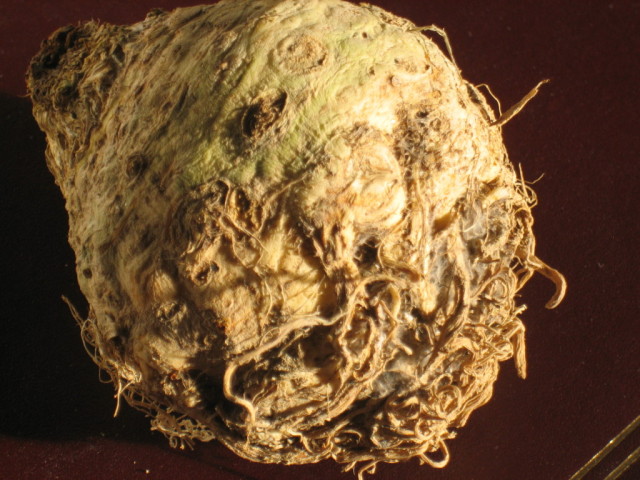
Celeriac (Ap...


Celeriac (Ap...
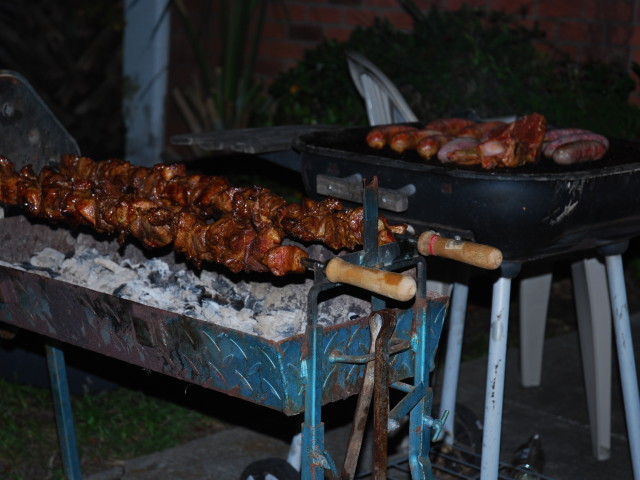
Grilling is one of the most primitive forms of cooking. Well it was not always called grilling, but although we have evolved, and along side our cooking techniques, this particularly has changed very little. It still involves the three key ingredients: Fire, Meat, Time. We changed the raw wood fire to charcoal and gas, but the idea is still the same. We added new meats to the party, but the we still seek the same satisfaction. And we might, have less time to cook, but when the grill fires up, we have the time just stops.
Read More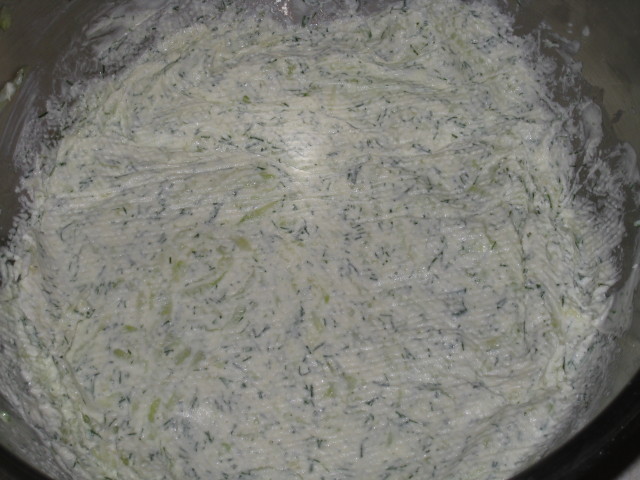
Tzatziki is one of the most widely known greek dishes, served in every greek restaurant and dinner. It is a dish that is served, with, grilled meat, stew meet, fried vegetables, stuffed vegetables, seafood, on its own as an appetizer with ouzo, or even with bread just like a spread. Although a very popular dish, there is no particular story associated with the tzatziki. Its origin is lost somewhere in the area of the middle east & balkans. In turkey there is a similar concoction that is called "cacik" (pronounced "tzatzik") and is a soup with cucumber, garlic and yogurt. All around the Balkans there is a similar dish that calls for yogurt and cucumber.
Read More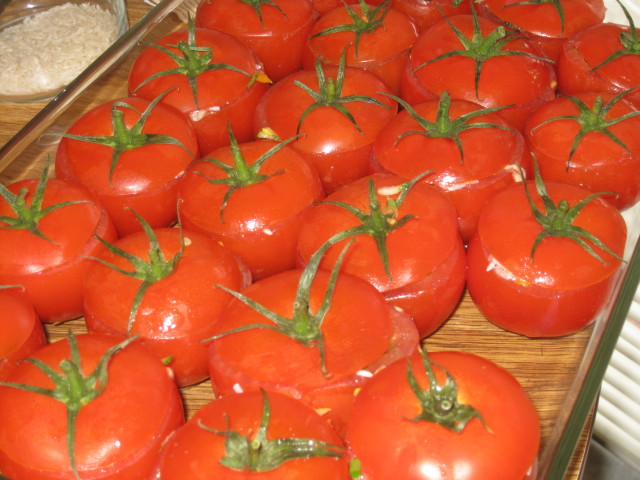
Tomatoes is one of the most stable, vegetables around the world and especially around the Mediterranean, and more pronounced in Spain, Italy, Greece and Turkey. What a proud title for a vegetable that was not even known 500 years ago in that region. The Spanish brought the tomato to Europe. It grew easily in Mediterranean climates, and cultivation began in the 1540s. It was probably eaten shortly after it was introduced, though it was certainly being used as food by the early 1600s in Spain. The earliest discovered cookbook with tomato recipes was published in Naples in 1692, though the author had apparently obtained these recipes from Spanish sources. However, in certain areas of Italy, such as Florence, the fruit was used solely as tabletop decoration before it was ever incorporated into the local cuisine until the late 17th or early 18th century.
Read More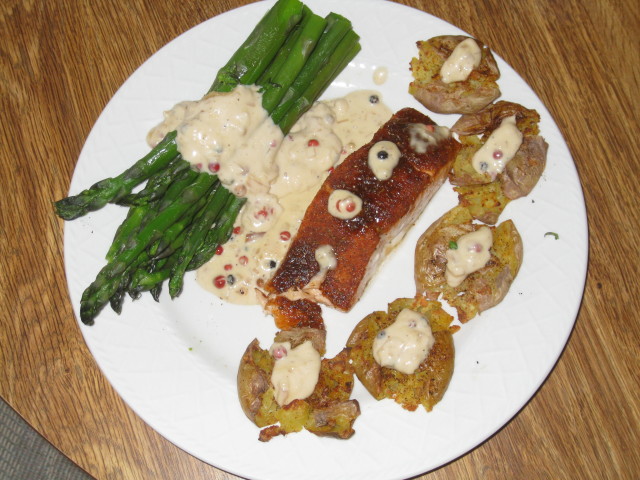
I have noticed that the recipes I add are usually post, or almost all of them are usually, related to a famous dish. I never present a dish that is on my own an inspiration of the moment. Well I have but it always has to relate to something. So with out further delays I am presenting a dish that is completely my creation of the moment. It is the fusion of different recipes and methodologies, I learned overt the years.Starting with the star of the dish, the salmon.
Read More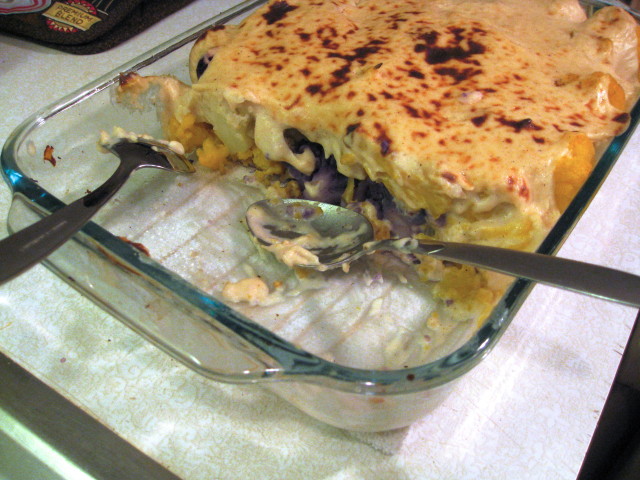
Staying tuned to the same frequency as the previous post, I will have a second summer dish, that I love. It is a simple humble summer dish that can be eaten warm, but I prefere it room temperature. It is a cauliflower casserole… Just that. Cauliflower and a simple sauce, one of the four mother sauces, baked in the oven. I got this idea from Ece a friend of mine that she made a similar version a few years back. The homeyness of that food will never be forgotten. But since we are having the first entry ever for the cauliflower as it is custom to this blog, we will start with a small history of the cauliflower, a distant cousin of the broccoli and cabbage.

Cau...
Read More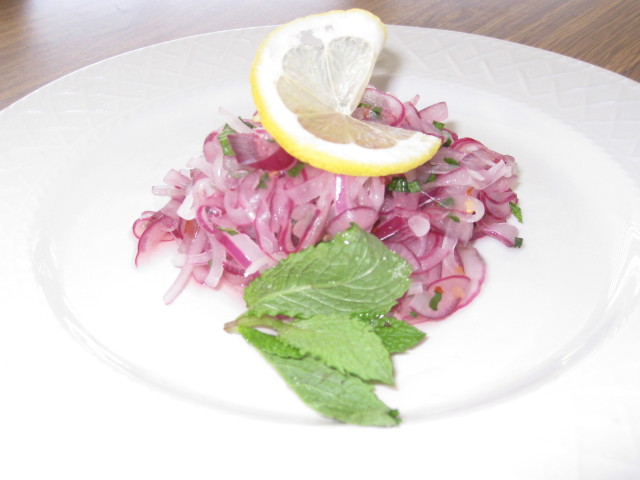
I will start today a series of post that will be randomly posted through the summer, highlighting foods that are perfect fro the summer, either because the ingredients are available through the summer very cheap and at the pick of their ripeness, or because they are refreshing and summery. The first one is probably one of the simplest salads I ever conceived and it can be made in matter of minutes. As is true with those dishes, quality of the ingredients maters. Buy fresh, preferably locally and don ‘t fear to shed some extra bucks for organic products. As, typical in this blog, it is really important to take some time and talk about the star of the dish, which is the red onion for today.
Read More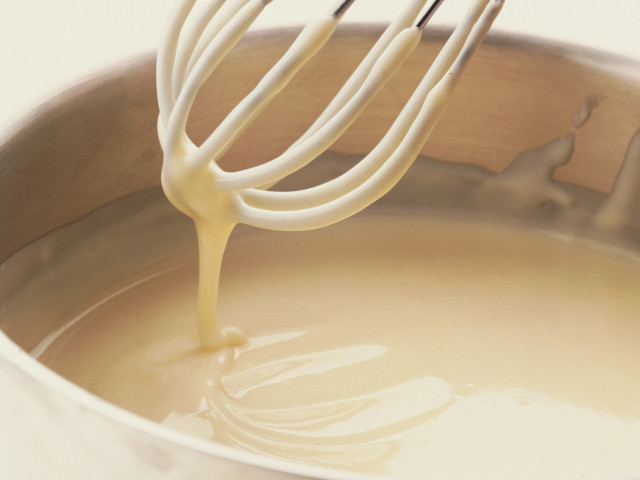
Velouté is the next in line sauce of the five mother sauces of the french cousin. It is however in a slightly different category than the other two. While the other two were prepared separate and were blending with the food on the plate, velouté is one of the sauces that can be prepared with parts of the actual dish you are preparing. It has a very creamy texture and very smooth feel, like velvet, which I think véloute stand for in French.
Read More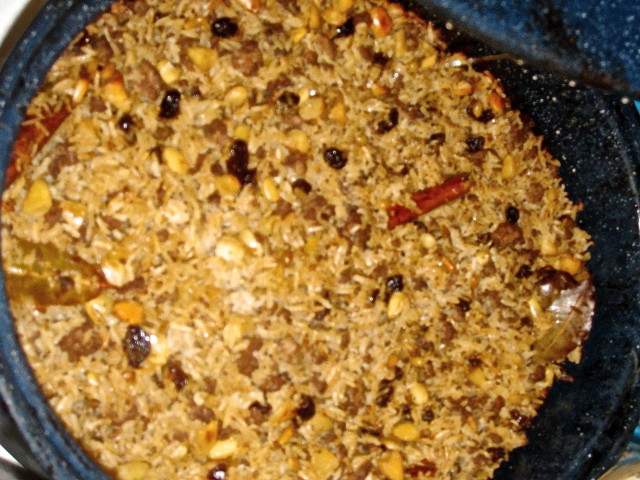
What do you think when I say rice? I know chinese food. Some more adventurous my think indian food. But in every case it will be thought as the companion to a very hearty, saucy meal. But Rice is way more than that. Rice can be yummy and delicious on its own. All it takes is some simple techniques, some basic know-how, and will to get creative... Yes with rice. But rice is a lot more than Chinese and Indian food. Don ‘t get me wrong, I love both of Chinese (and more generally speaking oriental) and Indian food.
Read More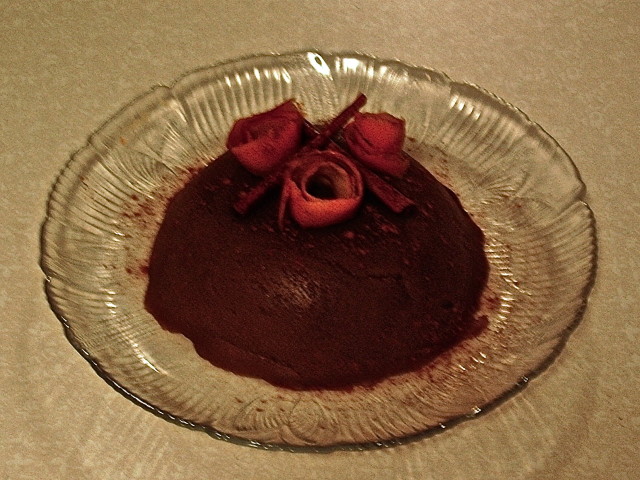
Halva is on of my favorite deserts. Not only because it is simple to make, but mainly because in my eyes it is just a canvas where you can play with the spices and the flavorings you want. Traditionally this is known to be a Greek desert, however, I now that a similar variation is encountered in Turkey and in India. I will highlight the differences later on the post, but for now let me tell you more about the desert. It was originated somewhere in the middle east, most likely to the region close to India. The basic ingredients are, fat, starch and sugar. We start with the fat that will be the carrier of the flavors and intensify the sweet taste. The starch will provide the main body and structure of the desert. The sugar... Well that you can guess. The only other basic ingredient required here is a water based ingredient that will cook everything.
Read More